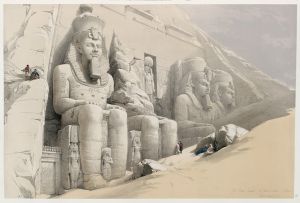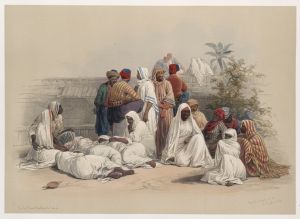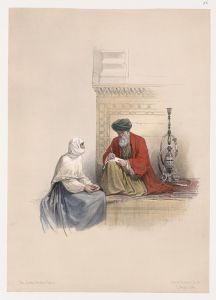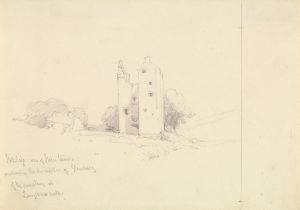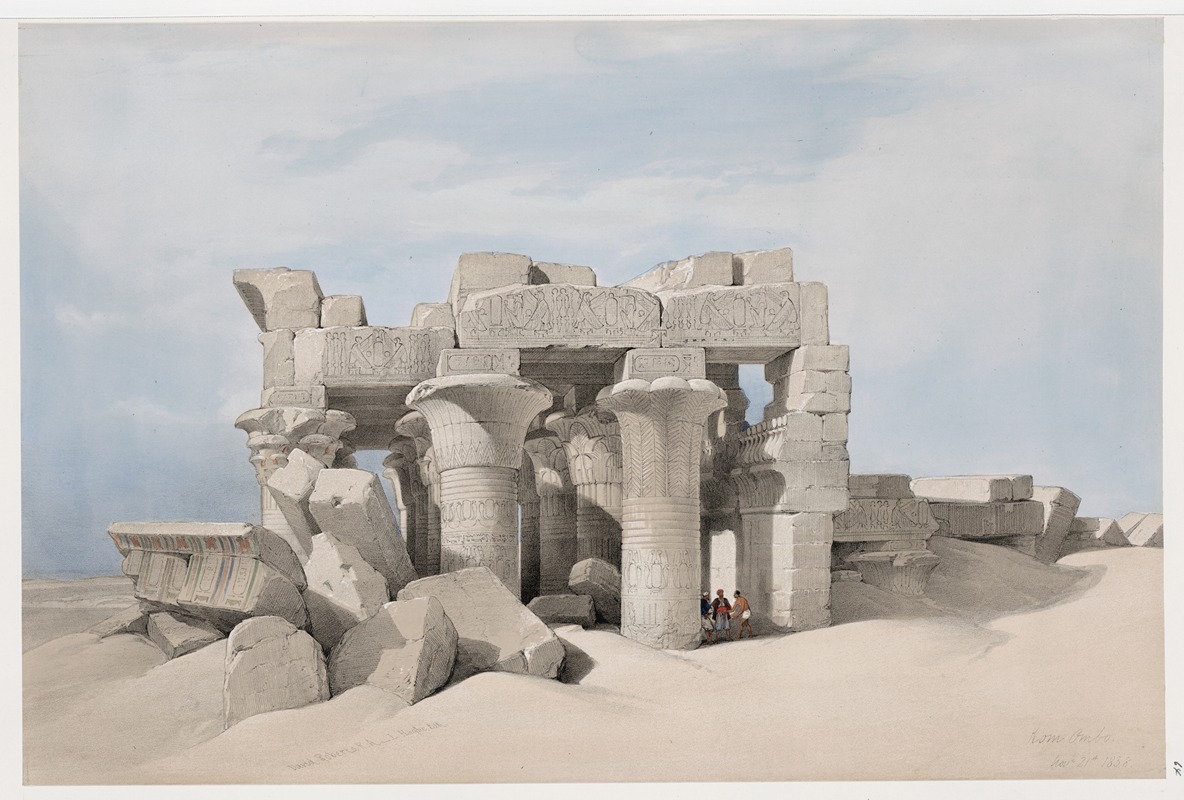
Kom Ombo. Nov. 21st, 1838
A hand-painted replica of David Roberts’s masterpiece Kom Ombo. Nov. 21st, 1838, meticulously crafted by professional artists to capture the true essence of the original. Each piece is created with museum-quality canvas and rare mineral pigments, carefully painted by experienced artists with delicate brushstrokes and rich, layered colors to perfectly recreate the texture of the original artwork. Unlike machine-printed reproductions, this hand-painted version brings the painting to life, infused with the artist’s emotions and skill in every stroke. Whether for personal collection or home decoration, it instantly elevates the artistic atmosphere of any space.
"Kom Ombo. Nov. 21st, 1838" is a lithograph by the Scottish artist David Roberts, known for his detailed and historically significant depictions of architectural and archaeological sites in the Middle East and North Africa. This particular work is part of Roberts' larger collection titled "The Holy Land, Syria, Idumea, Arabia, Egypt, and Nubia," which was published between 1842 and 1849. The lithographs were based on sketches and paintings Roberts made during his travels in the region from 1838 to 1839.
David Roberts was born in 1796 in Stockbridge, Edinburgh, and began his career as a house painter before transitioning to theatrical scene painting. His artistic talents eventually led him to pursue a career as a professional artist. In 1838, Roberts embarked on a journey to the Middle East, a trip that would significantly influence his work and reputation. His travels took him through Egypt, where he visited and documented numerous ancient sites, including the temple complex at Kom Ombo.
Kom Ombo is an ancient Egyptian temple located in the Aswan Governorate, southern Egypt. It is unique for its dual dedication to two gods: Sobek, the crocodile god, and Horus, the falcon-headed god. The temple was constructed during the Ptolemaic dynasty, with additions made during the Roman period. Its distinctive architectural style and historical significance have made it a subject of interest for historians and artists alike.
Roberts visited Kom Ombo on November 21, 1838, as part of his extensive exploration of Egypt. His lithograph captures the grandeur and detail of the temple's ruins, showcasing the intricate carvings and the imposing columns that characterize the site. The artwork reflects Roberts' meticulous attention to detail and his ability to convey the scale and atmosphere of the ancient structures he encountered.
The lithographs produced from Roberts' sketches were created with the assistance of lithographer Louis Haghe, who was renowned for his skill in the medium. Haghe's collaboration with Roberts resulted in a series of prints that were highly regarded for their artistic quality and historical accuracy. These works played a significant role in shaping Western perceptions of the Middle East and its ancient cultures during the 19th century.
"Kom Ombo. Nov. 21st, 1838" is a testament to Roberts' dedication to documenting the architectural heritage of Egypt and his contribution to the field of Orientalist art. His works remain valuable resources for historians and art enthusiasts, providing a visual record of sites that have since undergone significant changes due to natural and human factors.
Roberts' journey and the subsequent publication of his lithographs were instrumental in popularizing the study of Egyptology in Europe. His art not only captured the imagination of his contemporaries but also continues to be appreciated for its historical and artistic significance.





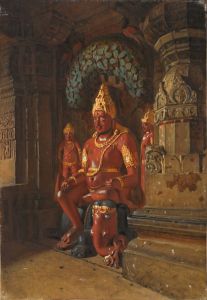
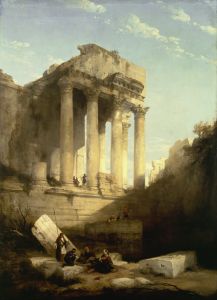
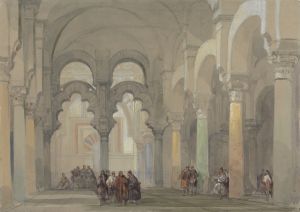
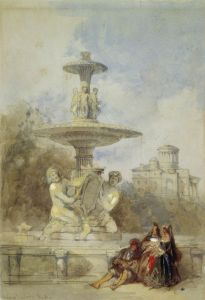
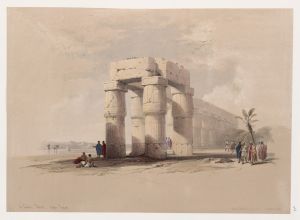
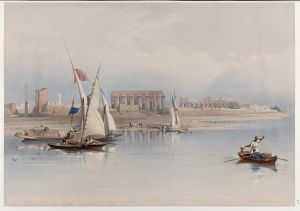
![Karnac [Karnak]. Nov. 27, 1838.](/imgs/217501/s/david-roberts-karnac-karnak-nov-27-1838-2ea4b2c4.jpg)
![Karnac [Karnak]. Nov. 29th, 1838](/imgs/217503/s/david-roberts-karnac-karnak-nov-29th-1838-5a10b435.jpg)
![Temple of Dandour [Dendûr], Nubia.](/imgs/217545/s/david-roberts-temple-of-dandour-dendur-nubia-8921547f.jpg)
